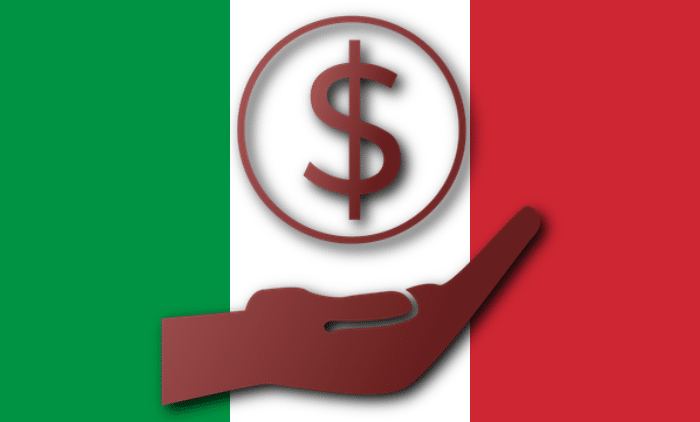Dry coupon, towards the flat tax of 21% for rented shops and offices – WWN
[ad_1]
In the narrow path that leads to the next maneuver, where along the way there are more failed promises than those who will actually reach the goala new hypothesis is revealed: the flat tax with a rate of 21% for commercial properties and maxi relief for those located in small towns in order to thus combat the depopulation of the villages. Introduced in 2019 for commercial rentals (but no longer extended from 2020), the “flat tax” at 21% is an optional regime which provides for the payment of a tax in lieu of Irpef and additional taxes (for the part deriving from the income of the property) and exemption from payment, as regards contracts under dry coupon, stamp duty and registration tax. The government’s idea, therefore, is to resurrect the law and extend it, even if – at least initially – with some restrictions, due to the unknown resources that casts its long shadow on all the measures under study.
The interested parties
If the executive found the money and the law passed, the 21% rate could be chosen only by natural persons owners of non-residential properties rented to professionals, traders and artisans. And it would only be reserved for new contracts and to those that will be renewed after their natural expiration. Furthermore, as mentioned, there would be an extra advantage if the properties are located in municipalities with less than 5 thousand inhabitants: in this case, the rate would drop to 15%. Approximately 1.3 million individuals would be affected by the measure, also because not only shops are included, but also offices (category A/10), laboratories (C/3) and other buildings in group D, such as hotels (D/2). Undoubtedly, this would be a great advantage for small property owners who currently pay the marginal rate of Irpef on rent relating to their income bracket, therefore up to 43%.
Less revenue for the state
After all, Italians like flat rate tax on rent. According to the latest statistics on 2022 tax returns published by the Department of Finance, income derived from rentals of properties subject to flat rate tax increased by +2.2%, in the case of the substitute tax at 21%, and for the tax replacement at 10% (the one applied with the agreed fee) of 8.9%. In 2021, over 2.9 million Italians opted for the dry tax on the rental of properties intended for residential use, for a total of 18.2 billion euros in proceeds for the State (+5% compared to 2020) and a reported tax of over €3.1 billion. But when dry tax on commercial properties was tested in 2019, the State recorded a loss of tax revenue of 320 million euros, compared to receipts for new contracts that exceeded one billion. In short, not a small sum in times of lean times and with a maneuver that will also need the last pennies.
[ad_2]
Source link



